I'm having some trouble with this piece of code. It seems that state S0 is always active, even when it is not supposed to be. It appears that the output of this state is inverted(active when it is supposed to be disabled). Any ideas? Print of the simulation at the bottom. Thanks
library IEEE;
use IEEE.STD_LOGIC_1164.all;
entity ControlUnit is
port(clk : in std_logic;
reset : in std_logic;
validTime : in std_logic;
timeData : in std_logic_vector(3 downto 0);
writeEnable : out std_logic;
writeAddress : out std_logic_vector(3 downto 0);
averageReady : out std_logic);
end ControlUnit;
architecture Behavioral of ControlUnit is
type TState is (S0, S1, S2, S3, S4, S5);
signal PState, NState: TState;
begin
sync_proc: process(clk, reset)
begin
if(reset = '1') then
PState <= S0;
elsif(rising_edge(clk)) then
PState <= NState;
end if;
end process;
comb_proc: process(PState, validTime, timeData)
begin
averageReady <= '0';
writeEnable <= '0';
case PState is
when S0 =>
if(validTime = '1') then
writeEnable <= '1';
NState <= S1;
else
NState <= S0;
end if;
when S1 =>
if(validTime = '1') then
writeEnable <= '1';
NState <= S2;
else
NState <= S1;
end if;
when S2 =>
if(validTime = '1') then
writeEnable <= '1';
NState <= S3;
else
NState <= S2;
end if;
when S3 =>
if(validTime = '1') then
writeEnable <= '1';
NState <= S4;
else
NState <= S3;
end if;
when S4 =>
if(validTime = '1') then
writeEnable <= '1';
NState <= S5;
else
NState <= S4;
end if;
when S5 =>
averageReady <= '1';
NState <= S0;
when others =>
NState <= S0;
end case;
end process;
with PState select
writeAddress <= "0000" when S0,
"0001" When S1,
"0010" when S2,
"0011" when S3,
"0100" when S4,
"XXXX" when others;
end Behavioral;
Here's a print of the simulation:
